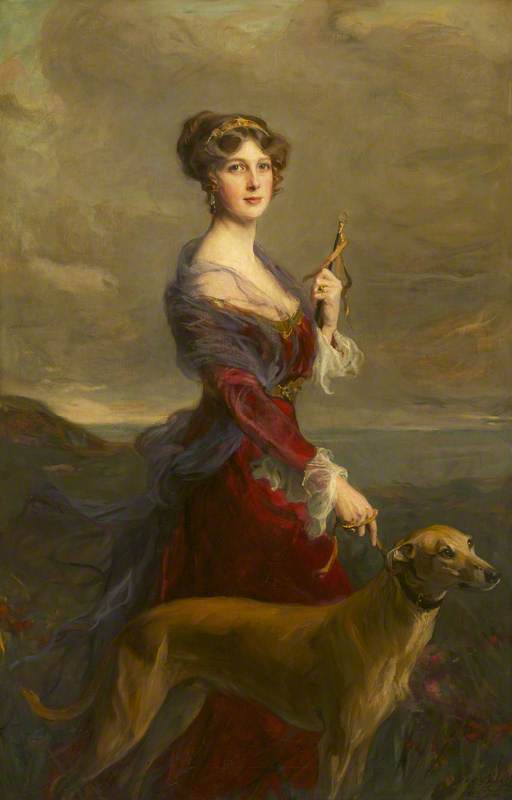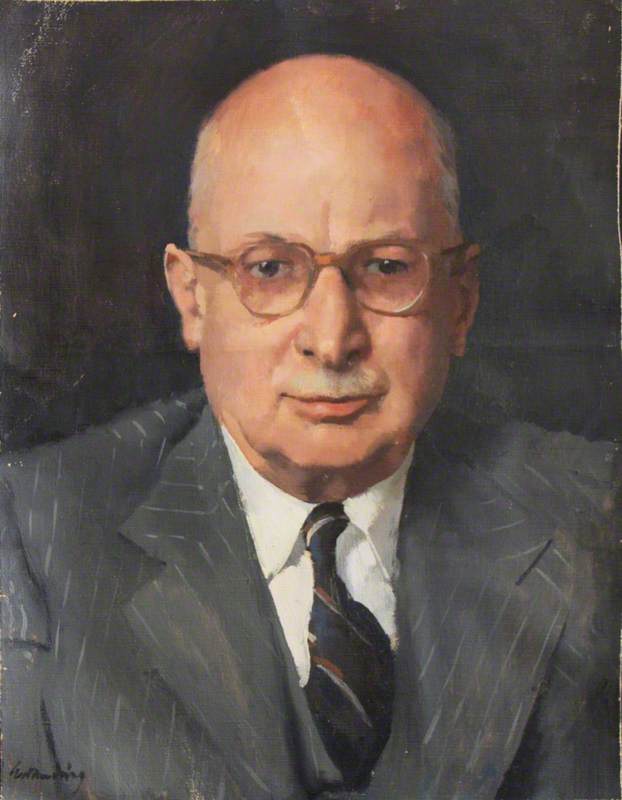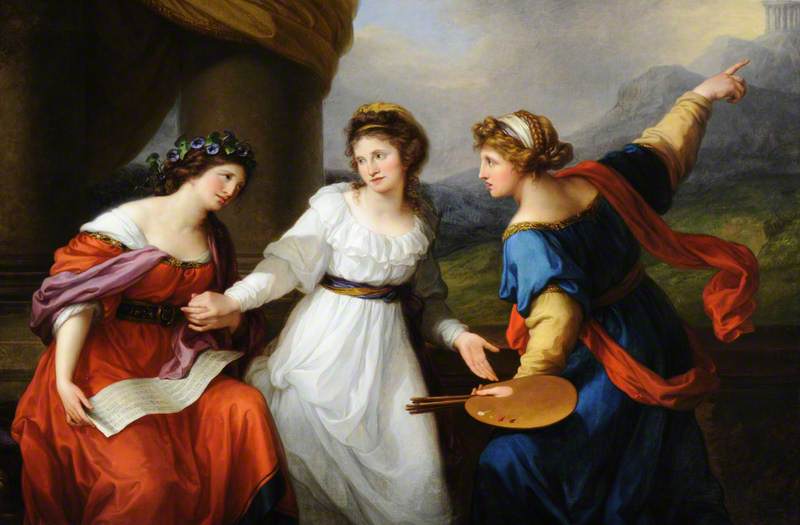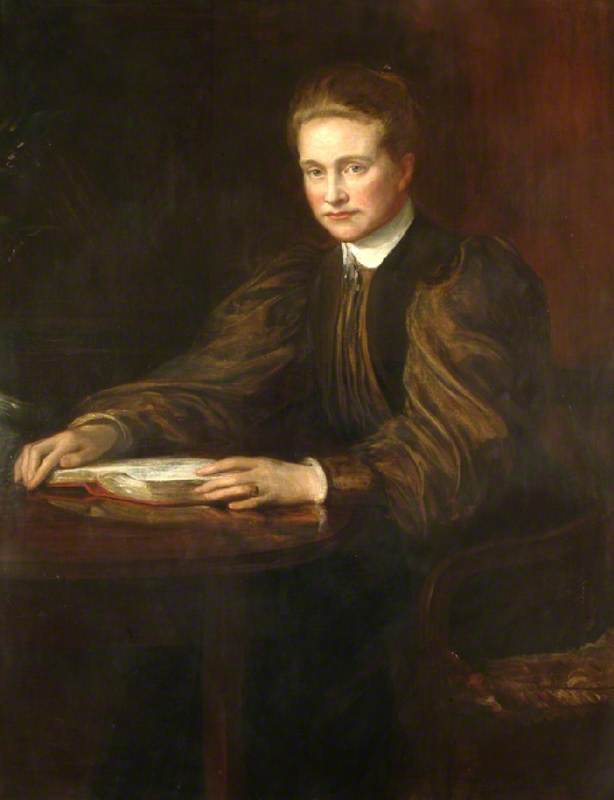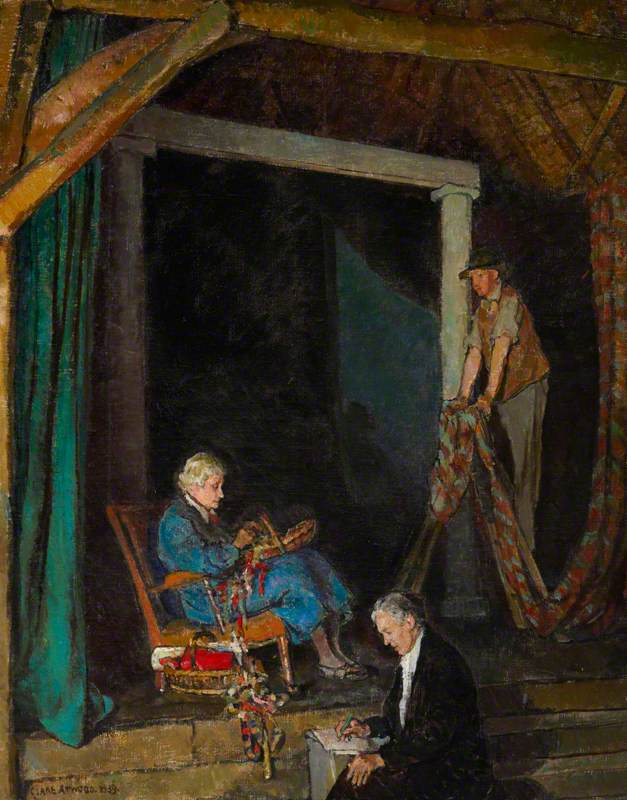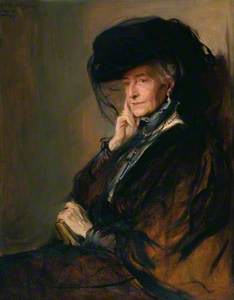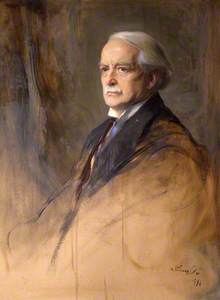Born of humble parentage in Pest, Philip Alexius de László's early ambition and talent were recognised and rewarded with a number of Hungarian state scholarships. These allowed him to train at the Academy of Fine Art in Budapest, the Académie Julian in Paris and the Munich Academy in the early 1890s.
Initially a genre painter, he went on to become one of the most sought after portrait painters of his day with a truly international reputation. In 1900 he married Lucy Madeleine Guinness, of the banking branch of the family, and in 1907 they settled in London where he remained for the rest of his life, though he continually travelled the world fulfilling commissions.
Working alla prima and without preliminary drawing on the canvas, he could achieve an excellent likeness at great speed. This made him a popular artist with those serving in the First World War, who had so little time to sit for their portraits whilst on leave or before their departure for the front. A particularly poignant example is that of The Honourable Cecil Richard Molyneux (Walker Art Gallery, Liverpool), who was killed at the Battle of Jutland ten months after sitting for his portrait, aged only 16.
The Honourable Cecil Richard Molyneux (1899–1916)
1915
Philip Alexius de László (1869–1937) 
De László is remembered as a final proponent of Grand Manner portraiture. A notable example is that of the Marchioness of Londonderry (National Trust, Mount Stewart), painted to hang in the great hall at Londonderry House, complimenting Sir Thomas Lawrence's portrait of Frances Anne Vane-Tempest, wife of the 3rd Marquess, and her son Lord Seaham.
De László's engaging manner endeared him to his sitters and many became close friends. A welcomed guest in their houses, he would often produce study portraits of them as gifts.
Lady Wantage (Tate Britain) sat for her portrait just after her return from church one Sunday and it would have been completed in one sitting of between two and three hours.
His sitters came from diverse walks of life and included many members of the royal houses of Europe, four American Presidents, two Popes, politicians, industrialists, scientists, fellow artists and men and women of letters.
One of his finest late portraits, Cosmo Gordon Lang, Archbishop of Canterbury in his robes for the coronation of George VI, is in the collection at Lambeth Palace.
Cosmo Gordon Lang (1864–1945), Archbishop of Canterbury
1937
Philip Alexius de László (1869–1937) 
A team of editors is currently compiling a catalogue raisonné and have recorded nearly 5,000 oils, preparatory works, and drawings. The project is partly funded by the de Laszlo Archive Trust, that owns the artist's archive, which is gradually being catalogued and donated to the Heinz Archive and Library at the National Portrait Gallery in London.
De László was extremely aware of his posthumous reputation and kept all his correspondence, appointment diaries, newspaper cuttings, and sitters' books. A selection of material related to the artist's internment during the First World War has recently been presented to the National Portrait Gallery.
Katherine Field, Senior Editor of The Catalogue Raisonné of Works by Philip de László (1869–1937)




